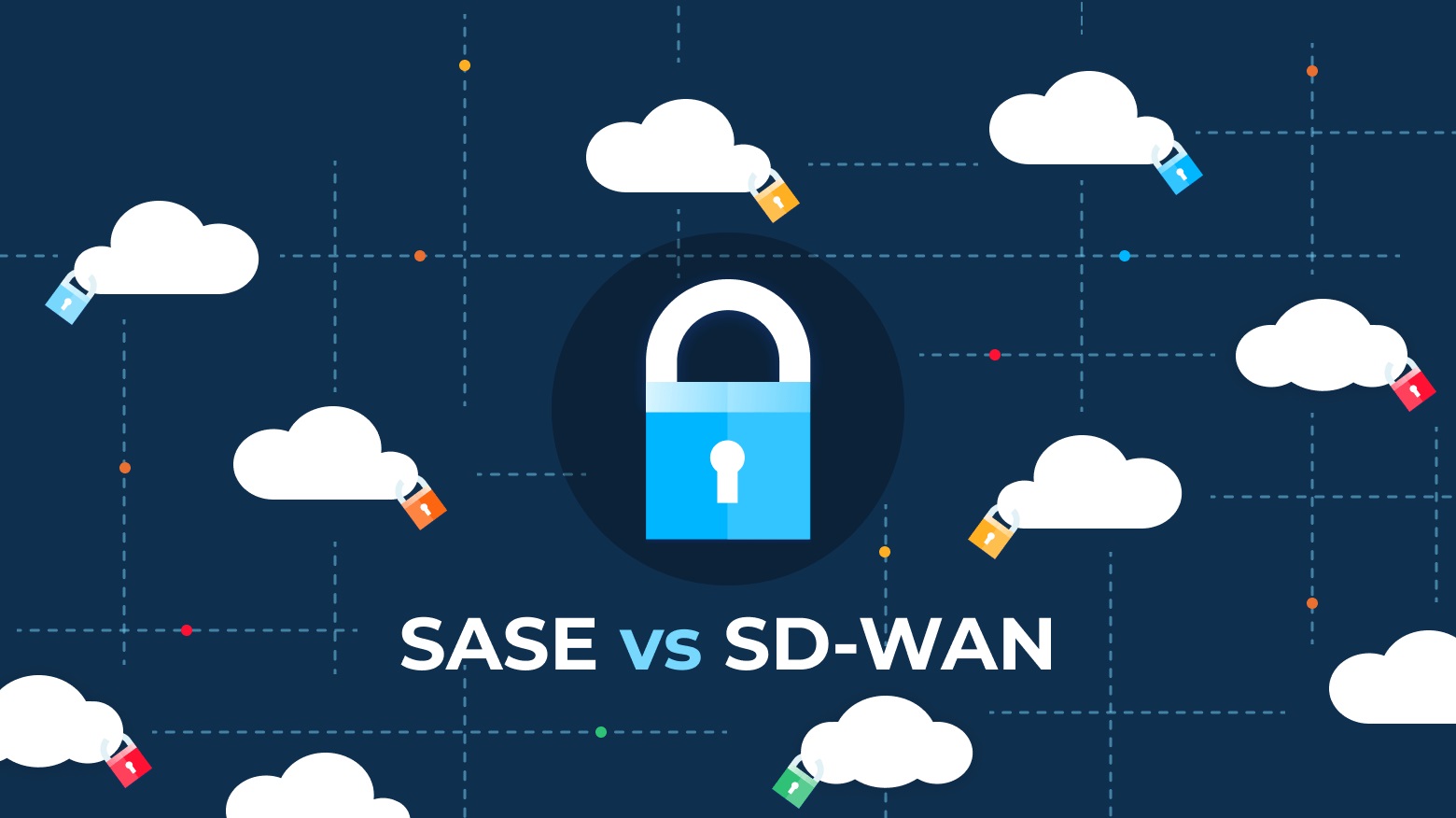Many security challenges still exist in most modern network designs. Since the launch of Software Defined (SD) WAN, it has been considered as the primary form of data delivery across organizations. But, with the rise in threats new and innovative forms of data architecture transition is coming into play.
Secure Access Service Edge (SASE) is a new entry to the realm of data security in network architectures. Not only is SASE the better answer to most problems that the SD-WAN architecture deals with, but it is also capable of integrating next-gen IoT and ML-based security options.
As a result, organizational network structures that were under constant threats can breathe a sigh of relief.
SASE is the answer to the most important question: Can it compute faster?
And the answer is yes. With the ability to enable cloud computing and AI-based support, SASE systems are performing much better than SD-WAN architecture.
SASE brings in a real-time context and clout-native platforming to the entire data protection methodology. Whenever an inspection engine is required in the process of data sharing, SASE clients can ensure that there is no need to connect back to the data centre. Rather, a global backbone network is present that can be connected to any agent or IoT device for managing any disparate networking and security services.
But SASE is not a mere connecting agent. This network architecture can fully secure any device, mobile or fixed, and deploy encryption and decryption, multiple parallel traffic inspection engines, malware scanning, DNS-based services, GDPR enforcement; and a host of other security measures.
Complete Overhaul Is Not Required
The sole aim of SASE is to ensure maximum security and network potential of every device connected to its network architecture. To this end, a combination of SD-WAN along with SASE-based protection systems can serve any organization’s security and networking software.
Since deploying SASE is not always an easy process, especially for organizations dealing with a lot of data points, a combination of the two can be applied. But with the reduced complexity of a fully SASE-enabled system as well as the cost-benefits, it should be a future goal for all organizations using IT as their process backbone.
Future Will Hold More Options
As SASE progresses in the global network security world, more SD-WAN players will either try to adopt the technology or be drawn into a SASE-based ecosystem. Many are already taking a black-box-centric path towards innovation.
It ultimately boils down to what your organization requires in terms of IT security and support. SASE is of course the better option currently with its globally distributed policy enforcement and inspection identity awareness.













